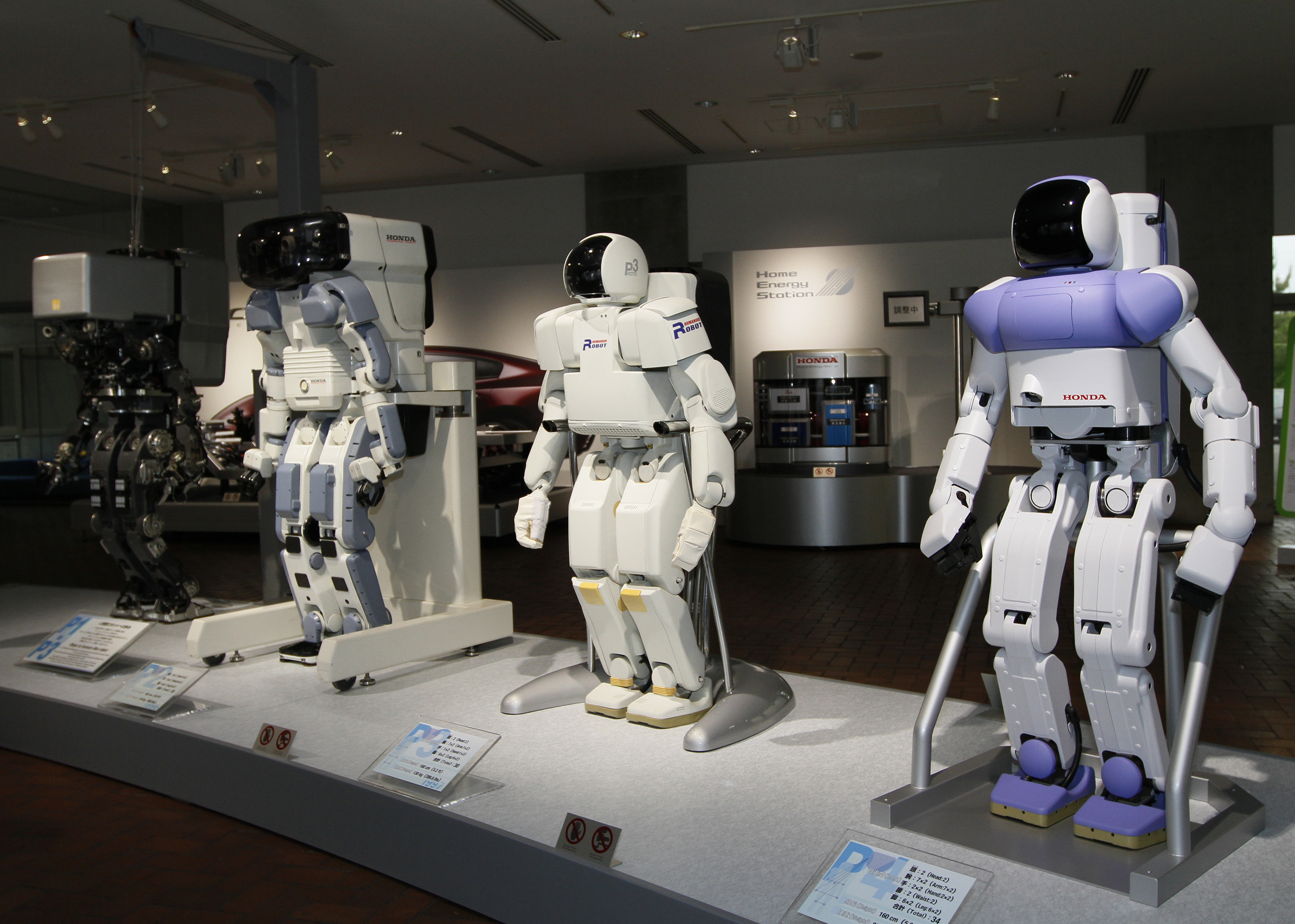
A robot is a piece of automated machinery programmed to execute tasks usually faster than humans are capable of.
Until today, most robots have function with semi-autonomous functions, requiring a human to be in charge, however, with science developments advancing at speed, fully autonomous robots are now becoming a more common trend both in the industrial and consumer spaces.
And it is in these two industries that the biggest differences between robots can be found. For example, industrial robots are built to work in factory lines, at speed and efficiently. Most of the times they will be visually not attractive and will be mainly built with arms that move around to carry out jobs across the factory floor.
In the consumer space, robots can take any shape or form, from an animal to a human. Human-like robots are known as androids.
Robots have many other applications including in military, healthcare, and pretty much everything else we can think of.
It has been said that software is eating the world, but soon you might start hearing that robots are eating the world, at least in the industrial space.
By 2018, around 1.3 million industrial robots will be entering service in factories around the world, according to the International Federation of Robotics.
As of 2015, the average global robotic density in producing industries lies at 66 robot units per 10,000 employees, but things are changing rapidly.
As artificial intelligence gets more intelligent and deployments are becoming more pervasive and successful, a robot boom is more than likely in the near future across all sectors.






